- info@naturebylennart.com
There are few animals I’ve been dreaming of seeing for as long as the Snow Leopard. It was not until quite recently that seeing a Snow Leopard seemed like something impossible. However, that changed when it became possible to see this big cat in Ladakh, India after spending days scanning the mountainsides with a telescope accompanied by local guides. Until then I only knew the Snow Leopard from the series ‘Planet Earth’, but suddenly I saw trip reports from people I knew that had seen a Snow Leopard! Around that time I started studying at the university and I decided then that I would make the trip to the Himalayas after my studies so I could see a Snow Leopard. Many a boring seminar was also used by me to read up on all the trip reports about Snow Leopards or to scour the websites of local tour companies to find an affordable trip. I even contacted a few local tour companies about a trip, but that never turned into anything real.

Birders are good at keeping lists. The lifelist comes first (obviously), then often also a national list and then there are a number of regional lists. Birds are excellent for keeping lists because their ability to fly always gives an element of surprise which make your list keep growing. For mammals there are also some fanatic listers, but that takes a whole different approach. For birds and mammals I also like to keep a list, but if you really want to be a serious competitor you need to pick either one of the two and completely aim your trip towards those species. For me however it’s more about seeing very beautiful and attractive species. That’s why seeing a Whale Shark was high on my list. The whale shark is the largest fish on the planet and a beautiful animal. So I definitely wanted to invest some time in that one, although it didn’t count in the lists that I keep.
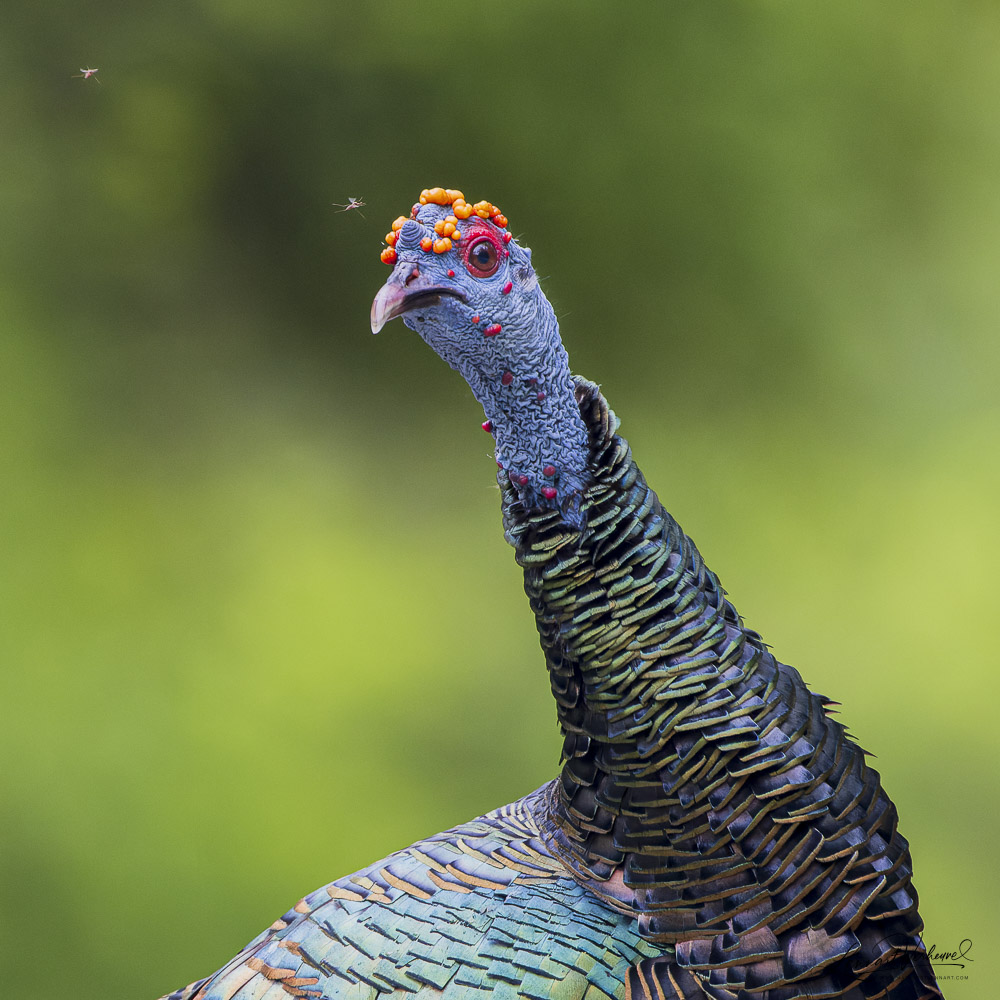
In June 2022, I unexpectedly found myself in Mexico, on the Yucatán Peninsula. Due to a job change, I suddenly had two weeks off and I wanted to spend them abroad. It was the perfect time of year to see Whale sharks in Mexico, so that became the goal of my trip. Eventually, I succeeded on the very last day. However, Yucatán has much more to offer, so I also wanted to explore the jungle!

On June 15, 2022, my plane landed at the airport near Cancun in Mexico. I hadn’t seen this trip coming long in advance because quite unexpectedly I had a new job! However, I still had two weeks of vacation days to spend from my old job and of course I wanted to go somewhere abroad. Coincidentally, I had read up not long before about the possibility of seeing Whale Sharks in Mexico. June should be a great time for this. So I set seeing Whale Sharks as my main goal and in addition I would also go deeper into the jungle for a few days to try and score a new wild cat.
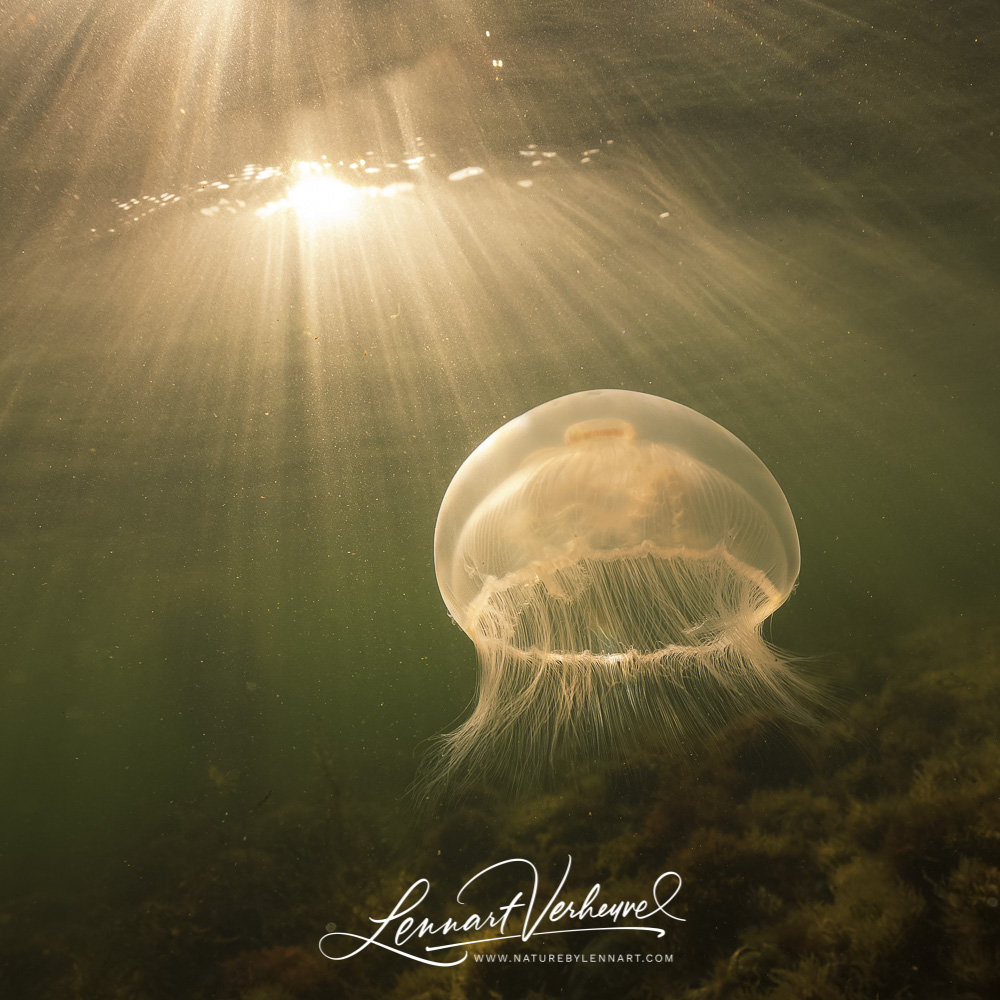
Although the Netherlands is not known as a typical destination for snorkeling, it is certainly possible to see beautiful underwater life here without too much effort. Since I was going to Mexico in a few weeks to do a lot underwater photography, I thought it would be a good idea to practice and test everything out. Not far from me is the Veerse Meer where there are a number of spots where the water is quite clear. At Geersdijk I went into the water and swam around for an hour. I focused on photographing the jellyfish with beautiful evening lighting and the crabs were also a nice subject. I could go to Mexico reassured and I got some nice photo’s out of it!
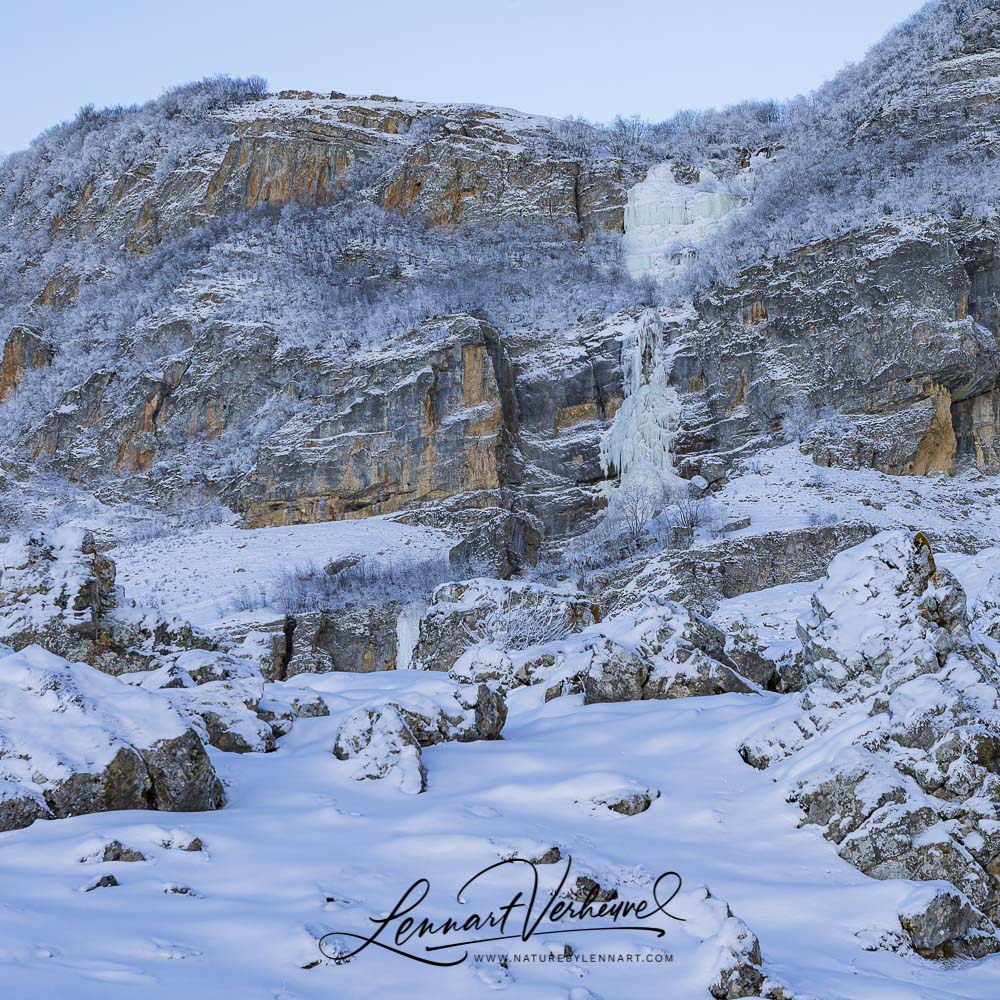
We have arrived in the Caucasus! The plan was to see the Siberian Crane Omid on migration during the first week of our time in Azerbaijan, but Omid decided otherwise and stayed in Iran, for the time being, in its wintering area. Before our stay in Azerbaijan would end we had planned a few more days of birdwatching in the Caucasian mountains and so we decided to go do that. The plan is to immediately return to southern Azerbaijan if Omid does fly. So we are now in the Caucasus! Along the way we already enjoyed beautifully colored rock formations, but in the higher areas there is mostly a lot of snow.
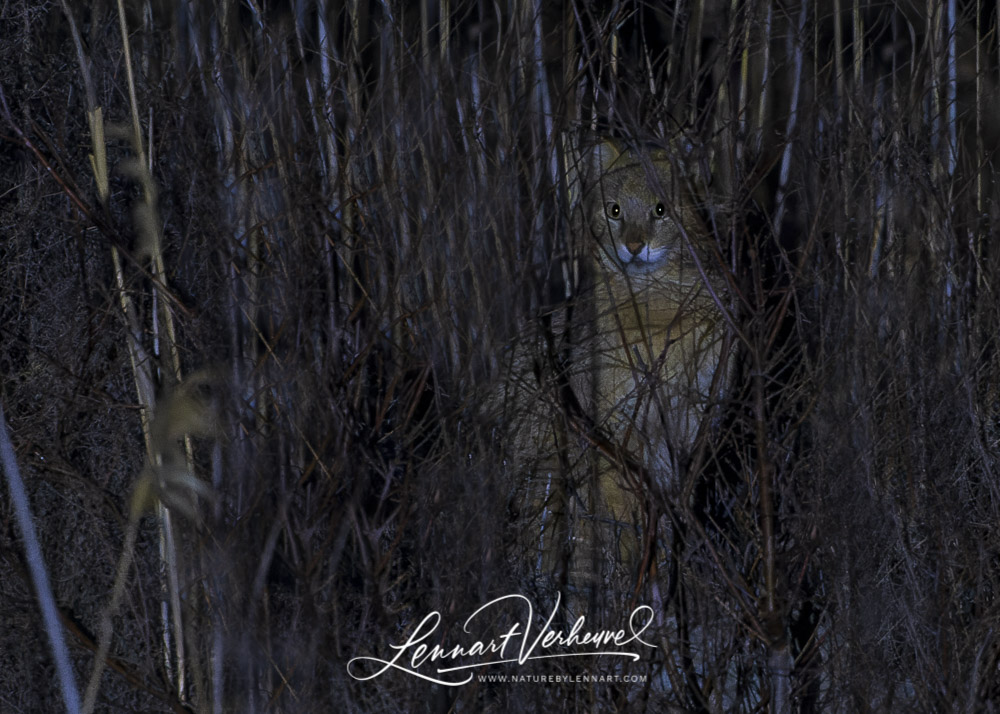
In the spring of 2022 I suddenly find myself in Azerbaijan. The reason for this is this time not a special cat, but a special bird! The Siberian Crane is an endangered bird of which only a few thousand remain in the wild. In the eastern part of Asia that is. As far as we know, there is only one left in the western part of Asia and of course this bird has been given a name by now: Omid. That name was given to him in Iran, where it has been wintering in the same rice field for years. Equally dutifully, the bird takes off every year to fly back to Russia to its breeding grounds, only to fly back again in the autumn without any breeding succes. There won’t be a partner for Omid. Among bird watchers, there is an avid group that likes to see as many bird species as possible within the Western Palearctic (WP) ecozone. The chances of seeing a wild Siberian Crane within this area after Omid are virtually nil. However, Iran is not considered to be in this ecozone, which means that it is not possible to easily ‘tick’ the bird in its wintering areas. Therefore a small group of fanatic WP birders made an attempt to pick up the bird on its way to Russia when it passed through neighboring Azerbaijan. This was in 2020. A bird seen in Azerbaijan does count for the list! And they saw Omid! In 2021 there was a number of bird watchers that wanted to repeat their success, but corona prevented a trip to Azerbaijan. 2022 was the year it had to happen. I happened to be able to go and it seemed like a nice enough trip in any case so I landed in Baku on February 25, 2022.
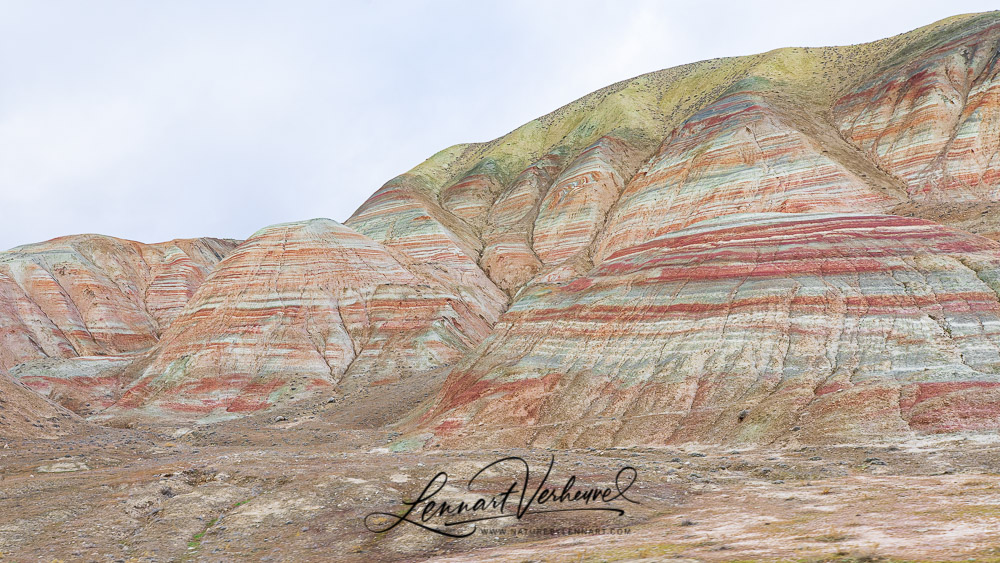
Planning a trip well is what I can recommend to anyone. The better the planning, the more you see! Yet the best travel stories usually come from the unexpected. Fortunately, experiencing unexpected things is also almost inevitable if you travel a bit adventurously even with good planning! Unexpected things can be a lot of things. The less pleasant things during the trip often lead to the best stories afterwards: that time you were stopped by the local police in the middle of the night, for example, or that moment when you drive backwards with the rental car and drive through a fence while the local neighborhood is watching. But luckily there are also unexpected things that you can actually enjoy while you are there!

In November 2021 I travelled to Bolivia. After having enjoyed the beautiful Red-fronted Macaws my stay in Bolivia was almost over. Only one weekend was left. Of course I also wanted to spend it in a nice spot and I found it in the Refugio Los Volcanos: a lodge in the Amboro National Park. The location of the lodge gives the impression that it was specially designed for this purpose. A more perfect location is hard to imagine: a flat lawn surrounded by red mountain peaks. This location therefore appeared also to be popular among the local models on Instagram. The lawn was gratefully used to take many selfies. However beautiful the surroundings might be: I am of course mostly interested in the animals that live here!
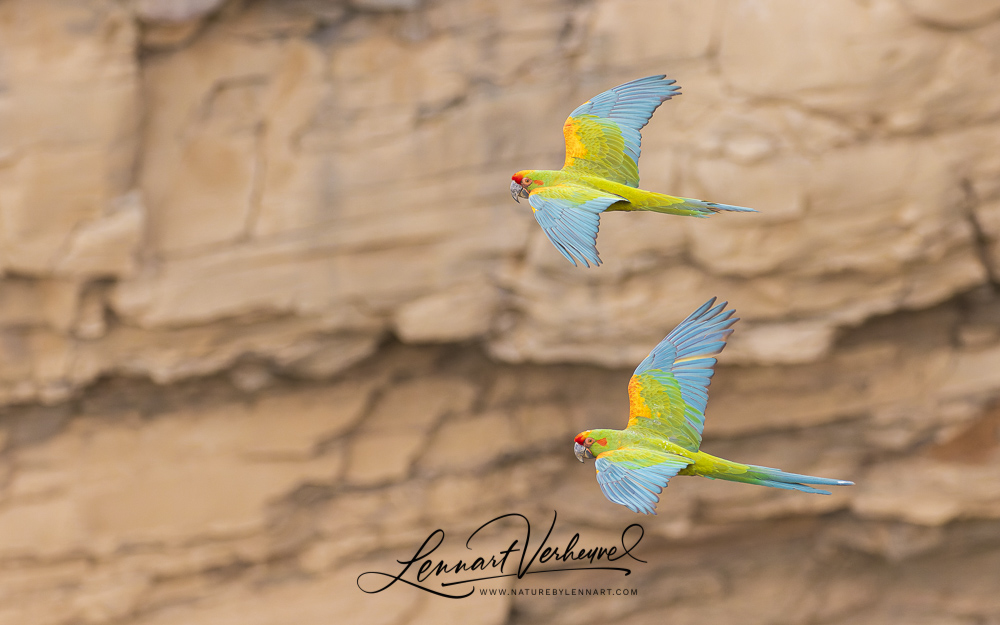
In November 2021 I traveled to Bolivia after first having visited Ecuador. I had about two weeks left to spend in Bolivia, of which at least five days would be in Jaguarland: a place where I hoped to see Jaguarundi, Jaguar and Ocelot. For the remaining part I wanted to go birding. I often have a certain or a few specific species in mind to go and this time the Red-fronted Macaw was at the top of the list.
Copyright of articles and pictures on naturebylennart.com remains with Lennart Verheuvel and without permission they can not be used in any way
